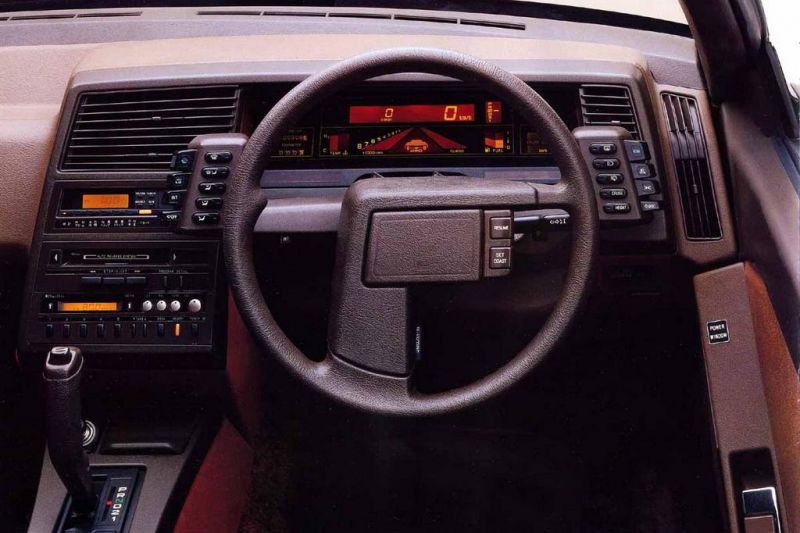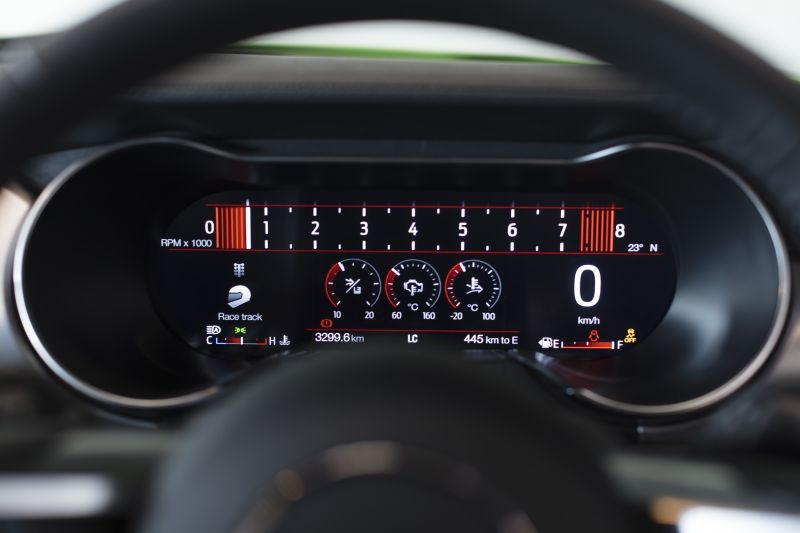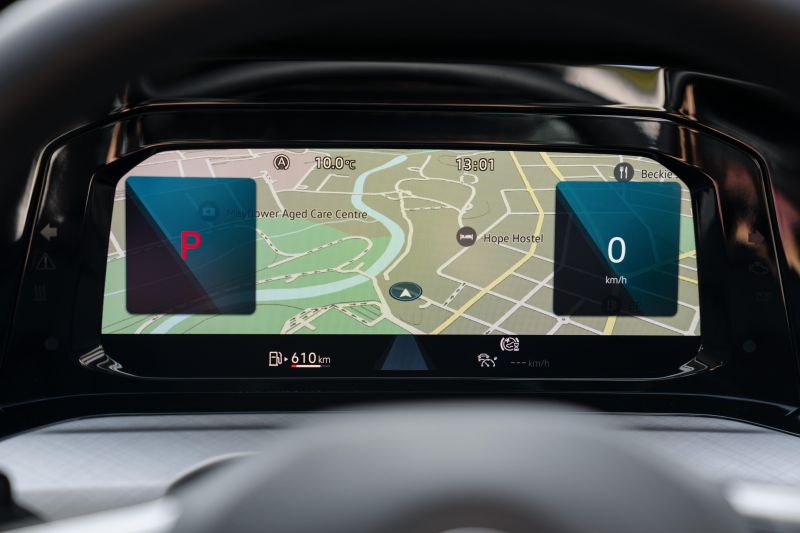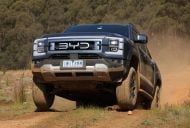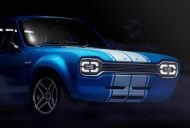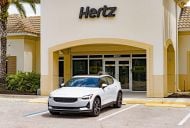Infotainment systems are not the only part of the interior where larger screens have come to dominate. Many new cars are now being sold with digital instrument clusters. But what can they do, what are their benefits and what cars have them?
Technically, digital instrument clusters have been around for decades. The wild 1976 Aston Martin Lagonda was the first production car to offer one, but it took until the 1980s for them to enjoy mainstream popularity, particularly among Japanese brands.
These early digital clusters used vacuum fluorescent displays which could be prone to malfunctions, susceptible to glare, and expensive to repair, and they largely fell out of fashion as the 1990s rolled around.
More recently, digital instrument clusters have made a comeback in a more sophisticated fashion. In several modern cars, the traditional circular analogue dials and needles have been replaced with a full colour LCD or OLED display, typically rectangular in shape and usually measuring around 7-12 inches in size.
These are in contrast with more common setups that pair analogue gauges or black-and-white LCD displays with small digital information screens. In this article, we’ll focus exclusively on fully digital instrument clusters.
Benefits of digital instrument clusters
LCD displays are effectively a blank slate that can display almost anything through software, and arguably the greatest benefit of digital instrument clusters over their analogue counterparts is their capacity to display much more information in a flexible and clear manner.
Cars are becoming increasingly advanced, with models now offering everything from Google Maps integration to semi-autonomous driving features and sophisticated active safety systems. It would be almost impossible for a vehicle featuring all of this technology to present information from these systems, alongside the speed, engine RPM and other data, through a conventional set of dials and warning lights.
Digital clusters solve this problem through flexible software. Not everything has to be shown at the same time, and a particular type of information can be prioritised depending on the driving situation. For example, if the driver is using adaptive cruise control, a visualisation of the car centred within its lane can be displayed, alongside vehicles in adjacent lanes.
In another scenario, if the driver is in a difficult-to-navigate location such as a complex junction, the instrument cluster can be used to display a full map view.
The flexibility to prioritise information also allows for greater personalisation. Many vehicles now offer various drive modes that change everything from the car’s dynamic behaviour (including gearshifts, suspension and throttle response) to the colour of the interior ambient lighting.
A digital instrument cluster enables this theme to be further emphasised. In the latest Ford Mustang and the new Toyota GR86/Subaru BRZ twins, for example, selecting track mode makes the tachometer the focal point of the display.
As panes of glass that can be cut into a multitude of different sizes and shapes, digital clusters also give interior designers much more room to design an open, airy interior. The Volkswagen ID. 3 and ID. 4, for example, feature a small digital instrument cluster whilst the Ford Mustang Mach-E features a very wide variation.
Additionally, modern LCD and OLED screens can be equipped with anti-glare coatings and have a high brightness, alleviating the need for a shroud, and facilitating a freestanding cluster that can be conjoined with the infotainment screen for a uniform look. By dropping a traditional shroud, designers can also create a lower dashboard which improves visibility.
Glass can also be curved, and both Porsche (with the Taycan) and Ferrari (with the Roma) offer curved glass instrument clusters which, at 16 inches in size, have a wraparound look.
Brands that offer digital clusters
Digital instrument clusters have become increasingly common, not just in luxury brands like BMW and Mercedes-Benz but also in more mainstream brands like Peugeot and Volkswagen.
Of course, not all versions of digital instruments offer the same features. For example, Volkswagen Group products with the Virtual Cockpit digital cluster allow you to view a map, though some of their products don’t allow you to display a map in the cluster and on the touchscreen infotainment system simultaneously.
In some cases, the semiconductor shortage has also affected the availability of digital instrument clusters. For example, the Peugeot 308 was set to receive one before its 2022 redesign but this was cancelled.
Some models such as the Tesla Model 3 have done away with an instrument cluster entirely, instead presenting the relevant information on the main infotainment screen.

